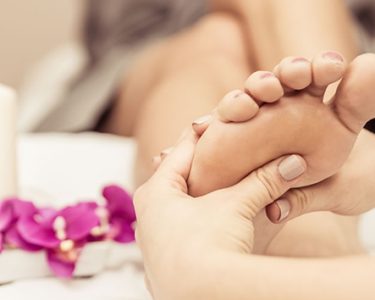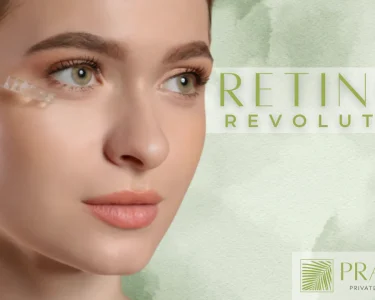Introduction:
In a shocking and deeply disturbing revelation, a controversial beauty trend has emerged, suggesting that using dead bodies can unlock the secret to eternal youth. This bizarre concept has sparked outrage and incredulity, with experts and the public questioning the sanity and ethics behind such practices. In this article, we delve into the unsettling world of necrophilic beauty treatments, exploring the science, ethical implications, and expert opinions surrounding this disturbing trend.
The Disturbing Science Behind Necrophilic Beauty Treatments:
Proponents of necrophilic beauty treatments claim that the decomposed tissues and bodily fluids from dead bodies possess potent anti-aging properties. They argue that by harnessing these macabre elements and incorporating them into skincare products or treatments, individuals can achieve remarkable youthfulness. However, experts remain highly skeptical of such claims, questioning the scientific validity and safety of using human remains in beauty practices.
The Ethical Quandary: Crossing Boundaries and Challenging Moral Conventions:
Unsurprisingly, the idea of using dead bodies for beauty purposes raises significant ethical concerns. Critics argue that it not only violates the sanctity and dignity of the deceased but also promotes a disturbing fascination with death. The ethical debate surrounding necrophilic beauty treatments centers on issues of consent, respect for the deceased, and the exploitation of human remains for personal vanity. Many question whether any potential benefits can justify such a blatant disregard for human dignity.
Experts Speak Out: Condemnation, Caution, and Skepticism:
Prominent experts from various fields have been quick to condemn the use of necrophilia in beauty treatments. Dermatologists, psychologists, and bioethicists stress the importance of upholding ethical standards, emphasizing that there is no scientific evidence to support the efficacy of necrophilic beauty practices. They warn of the potential psychological and emotional harm such treatments may inflict on both individuals seeking them and society as a whole.
Navigating the Legal Landscape: Laws and Regulations:
The legal landscape surrounding necrophilic beauty treatments is complex and varies across jurisdictions. Many countries have strict regulations governing the handling and disposal of human remains, with specific laws prohibiting the desecration and exploitation of corpses. Authorities are grappling with how to address this alarming trend, working to establish clear boundaries and penalties to deter individuals from engaging in such practices.
A Moral Compass: Rejecting the Unthinkable:
In a society that values life, dignity, and respect, the idea of necrophilic beauty treatments is met with widespread revulsion and disbelief. While curiosity and the desire for eternal youth may drive some to explore unconventional avenues, it is essential to uphold moral principles and reject practices that defy basic human decency. True beauty should celebrate life and embrace the vitality of the living, rather than seeking it in the macabre realm of the deceased.
Conclusion:
The concept of using dead bodies for beauty purposes through necrophilic treatments is an abhorrent and morally reprehensible notion. It not only lacks scientific basis but also challenges the core values and ethical boundaries of our society. As the public recoils in horror at this disturbing trend, it serves as a stark reminder of the need for responsible scientific exploration, strict legal measures, and unwavering commitment to upholding human dignity. The quest for youthfulness should never come at the expense of the deceased, and it is our collective responsibility to reject and condemn such grotesque practices.




